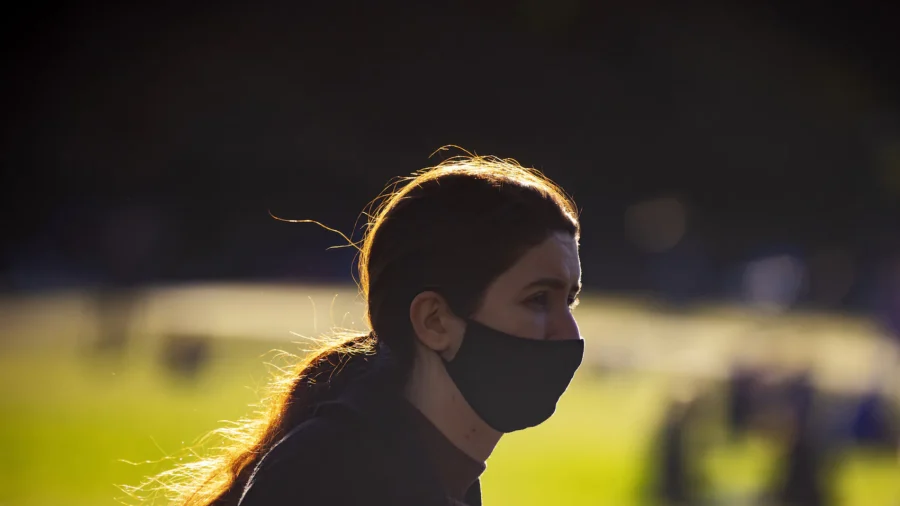The COVID-19 lockdowns may have impacted teenagers’ brains more than researchers initially expected, according to a Sept. 9 study published in the Proceedings of the National Academy of Sciences.
Using MRI scans, scientists from the University of Washington found that the brains of 160 teenagers between the ages of nine to 17 had aged faster than usual, with the mean acceleration in girls estimated at 4.2 years and for boys 1.4 years.
“We think of the COVID-19 pandemic as a health crisis … but we know that it produced other profound changes in our lives, especially for teenagers,” senior author in the study Patricia Kuhl said in a press release.
The study was conducted by scientists within the university’s Institute for Learning and Brain Sciences, of which Kuhl is the co-director.
Research scientists at the institute in 2018 first began researching the development of brain structure among teenagers through MRI scans but shifted gears in 2020 after the COVID-19 pandemic struck, according to lead author in the study Neva Corrigan.
“Once the pandemic was underway, we started to think about which brain measures would allow us to estimate what the pandemic lockdown had done to the brain,” Corrigan said.
The study measured such brain aging, or maturation, through looking at the thickness of the cerebral cortex among the teenagers, which is their outer layer of brain tissue.
The cerebral cortex thins with aging but can be accelerated by chronic stress and adversity, which can also lead to increased anxiety and depression, researchers said in the study.
Using data first collected in 2018, they created a model to represent the expected thinning of the cerebral cortex among the teenagers. Delayed by the pandemic, the teenagers were re-examined in 2021, with results generally revealing a common trend of accelerated thinning.
Of the initial participants, 81 percent returned for their re-examination in 2021 where they on average showed signs of such thinning, which was more pronounced in girls and visible in all parts of their brain including in all lobes and both hemispheres. In boys, the thinning could only be seen in the visual cortex, or the occipital lobe, according to the study.
Girls are more likely than boys to develop neuropsychiatric disorders like anxiety, depression, or behavioral disorders during their adolescent years, which can come from stress, according to the researchers.
Pandemic-era lockdowns isolated teenagers from interacting with each other, and girls suffered the worst for it, as they rely more heavily on social interactions with each other to talk and share feelings, they said.
“What the pandemic really seems to have done is to isolate girls. All teenagers got isolated, but girls suffered more. It affected their brains much more dramatically,” Kuhl said.
She said that while girls lost their usual channels of stress release, they still faced the same social criticisms and pressure on social media. With the damage already done, researchers are unsure of what’s next and what the recovery process looks like.
While the cortex is now unlikely to get thicker again, thinning may slow down as part of a natural recovery process, but the opposite could also be true, according to Kuhl.
“It is possible that there might be some recovery … On the other hand, it’s also possible to imagine that brain maturation will remain accelerated in these teens,” she said.
She said further research is needed.
“The pandemic provided a test case for the fragility of teenagers’ brains … Our research introduces a new set of questions about what it means to speed up the aging process in the brain. All the best research raises profound new questions, and I think that’s what we’ve done here,” she said.

